by Chris Hayden
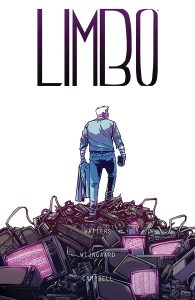
Limbo was recently collected into a trade paperback edition featuring all six issues of the series. If you like books like The Wicked + The Divine or The Fade Out, this jaunt is well worth your time. In celebration of the trade’s release, The Comics Beat sat down with Watter and Wijngaard to discuss the series.
Chris Hayden: What inspired Limbo? It feels equal parts noir detective story and surreal New Orleans adventure, and then you add voodoo and VHS tapes to the mix. Where was the inspiration to connect those disparate themes together?
Dan Watters: The VHS thing grew a bit as the book developed, because we knew we were taking influences from this sort of era anyway, this sort of Carpenter, Kroenenberg sort of stuff. It came out of Sandy as well, we always had the idea of this beauty queen who would use mix tapes to communicate with her spirits, and the teleshaman, we had him early as well. So we always knew that TV and music was going to play a big role but it sort of developed
Caspar Wijngaard: We knew it was going to happen but it didn’t play into it until later on.
Hayden: The story places a lot of emphasis on music, dance and distorted visuals. Caspar, was it difficult to figure out how to represent it on the page effectively?
Wijngaard: It was fun, I enjoyed it. But I think half the reason that I wanted to do it was because I thought it would be fun to pull off. With this book I wanted to push myself as an artist, but also at the same time we had deadlines. I guess with the book I wanted to make it as fun visually as possible, because I spent quite a lot of time doing real world books, which are quite taxing after a while to draw because you’re just drawing stuff that you have to get right because someone’s going to call you up on it. But the idea that me and Dan had was just to build this world up from the ground up, this completely unapologetic world that we can have fun with visually and narratively that could always be fun to be in. If you’re going to make a comic book make the most comic book comic that you can comic.
Hayden: Was it fun telling a story with serious elements of mystery and conflict that also had more than a few moments of utter ridiculousness, like a guy in a car driving between TV screens with a goat in the back seat?
Watters: That was the fun in a big way, the idea was a guy trying to act like a 40’s or 50’s noir detective trying to be like Philip Marlow in a world that absolutely would refuse to adhere to any genre tropes and keep throwing things at him, and it’s pretty much near the end where he sort of starts playing with the worlds rules a little bit more and that’s when he has maybe a little bit more success. But up to that point that was the whole idea, to throw the most absurd things at him and keep pulling the rug out from under his feet and he keeps trying to be the detective.
Wijngaard: And I think also we worked every issue to do something dramatically different, but also up the stakes a bit each time. So when we did issue 2 we thought well where do we go from here, how do we top this? Well what if we do something with snakes and mannequins.
Hayden: Compared to other projects you’ve worked on that maybe weren’t creator controlled, was it more or less difficult to write the story when you’ve established that you almost have no rules and boundaries and can do whatever you want?
Wijngaard: It was amazing to me.
Watters: I would say more difficult, but only in that you want to deliver the absolute best thing you can each time. So I’d end up doing sort of stupid amounts of research for things that would end up as one line on one page, but you sort of fall down all these rabbit holes of trying to as many interesting things in and trying to cover as much territory and just try to do the most interesting thing. It would have been very easy to have issues with just standard noir things happening, and it would have made my life a hell of a lot easier, it would have made Caspar’s life a hell of a lot easier.
Caspar: The last book we worked on together was set in the real world, so it’s almost like the roles have been reversed. [Dan] could be like ‘so he gets out and walks down the street and gets on the subway and ends up in Kings Cross and he gets out’ and I’m slightly like, motherfucker I’m going to have to get the tube map out and work this all out. So now it’s like I don’t give a shit I can draw whatever the hell I want. Because you’re the one building the rules. The only thing that stumped me was ‘Are mannequins taller?’
Hayden: When you were putting the story together, did you figured out the voodoo New Orleans setting first or after you decided where the story was going to go?
Wijngaard: We knew how it was going to end from the beginning, and we knew why they were there from the beginning. I think the voodoo was sort of the last thing that came to it.
Watters: I’d done a lot of research into it because I knew I wanted to do something around it. It wasn’t instantly clear that it was going to be this project, but as soon as it was it was sort of the final thing that clicked and made everything work, for me at least.
Hayden: A lot of your characters, like Clay, the Thumb and Bridgette, all feel like they’re from completely different genres but you make them fit together so seamlessly. Was it hard to make these very different characters fit together and feel like they all inhabit the same world?
Watters: Well when the whole concept for the book was sort of cut up and mashed up the idea of splicing tapes together, then the only way for it to really work was to take these very different characters and put them in the same place. The idea that the world doesn’t have a lot of coherence, it has its inner workings of coherence, but it doesn’t quite fit into a single space or time was very much the point. And then having quite contrasting characters and having them interact, it’s easier to get a decent bit of dialogue out of that than writing two very similar characters. You can tell their voice apart if you closed your eyes sort of thing.
Wijngaard: You know, I saw Civil War and those characters on screen together did make sense to me whatsoever, but they kind of pulled it off. I think making the book the way it looked visually, where each character was symbolic of a color and fit into that world was a way of also unifying them in a way where they fit, because I think if we just made it like a simple normal looking book with these characters it would be highly contrasting between the six of them and the main characters. Giving them a sense of consistency visually also helped in a way. But then I also did the stupid thing of changing their outfits every episode. Just because.
Hayden: Where would you rank Limbo in terms of projects you’ve worked on, either together or individually?
Wijngaard: Oh it’s the top. As far as anything I’ve worked on, this is the book I’ve always wanted to make. I’m not going to speak for Dan
Watters: It was a mashup of everything we were into, we added all of our individual influences.
Wijngaard: We we’d met two years before we worked on this, and we’d worked on a book together, and we worked together, and we spent a lot of time in the pub talking about comic books we wish we could make and what we would do if we could make them. Then the opportunity came up to pitch to Image and we were just like ‘let’s just make the most mental book that we’ve always wanted to make basically. And I think we, I can’t really think of anything that we could have done more. Anything that we could have put in that book I think we did.
Hayden: There’s nothing, looking back, that you wish you’d changed or added or had time for?
Watters: Oh no, loads, but nothing that would have improved those six issues. Lots of ideas that I wish we’d had space for.
Wijngaard: There’s loads of stuff we talked about that we wished we’d put in, but we were limited to 28 pages, but most run over the page limit. It’s quite a thick trade.
Hayden: Can we look forward to any projects from you two in the future?
Watters: At the moment, I mean I’m still finishing my masters so I’ve got to focus up on that a little bit, but with that said I’ve got a couple of pitches sitting at a couple of publishers so we’ll see how things go.
Wijngaard: And I’ve got two books in development and I cannot talk about either of them. So that’s one of those annoying things. So two in development and then hopefully ore of the same book but I’m not going to promise anything. We’ll see.
Hayden: So no immediate plans for a follow-up?
Wijngaard: Well we told the story we wanted to tell, and if the reaction is good I’m not going to say no to coming back, I think that’s the bottom line.
Watters: I love living in this world.
Wijngaard: There’s other stories to tell, but I’m not in the position to say ‘Oh we’re going to come back’ because that’s not always the case.
Hayden: What are your favorite moments in the book?
Wijngaard: I think my favorite panel that I drew was Clay coming out of the VCR. Most people would want me to say the double page spread from issue 2. I don’t think I did it as well as I could, it took me three days anyway so I was just trying to get it done, but there are parts of that page that I wish I could change, but those two panels where he’s crawling out of the VCR, I was so happy when I’d done them and I remember thinking at least I got something out of this. But story-wise, as far as the book goes I loved how Dan wanted the fun executed.
Watters: I think for me it’s probably issue 5 as a whole. Purely because of how easy it was, it almost wrote itself, it just sort of came straight from my head onto the page. So that was a real sort of dream to do. And also because the first couple of pages of that issue, the first three or four pages, were the first thing I’d ever written for Limbo, and I had no idea if they were actually going to fit into the story we ended up with. So I pretty much dropped them in from my original draft.
Wijngaard: I wasn’t too keen on the spiders. (Laughs)
Watters: (Laughs) The only thing Caspar didn’t want to draw was spiders, so I made a whole scene. And of course he decided to make them as vile and realistic as he could.
Wijngaard: Well that’s the thing, I didn’t want to research what spiders looked like so I had to make up what they looked like in my head, so that’s why they look like that. That was the only way I could cope with it, I didn’t want to draw cute spiders I was just like ‘I just have to get this out’, but it’s horrible I’m at this desk and I’m just looking under my legs every five seconds and my skins crawling looking at the corners of the walls thinking ‘I hate you Dan’.
Limbo is available now online or in your local comic book store.


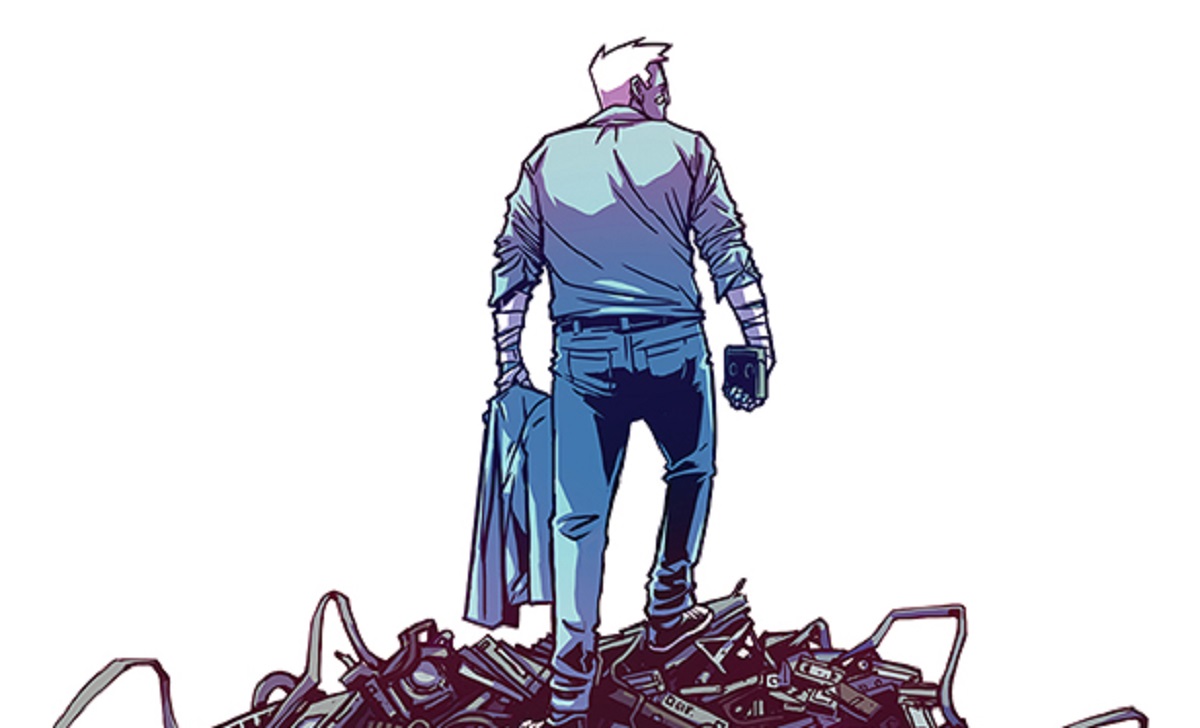
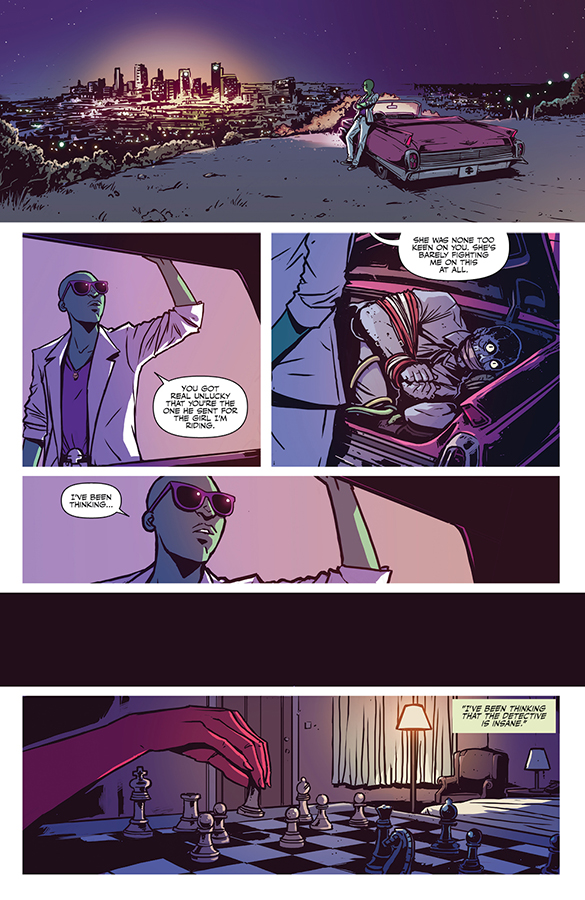
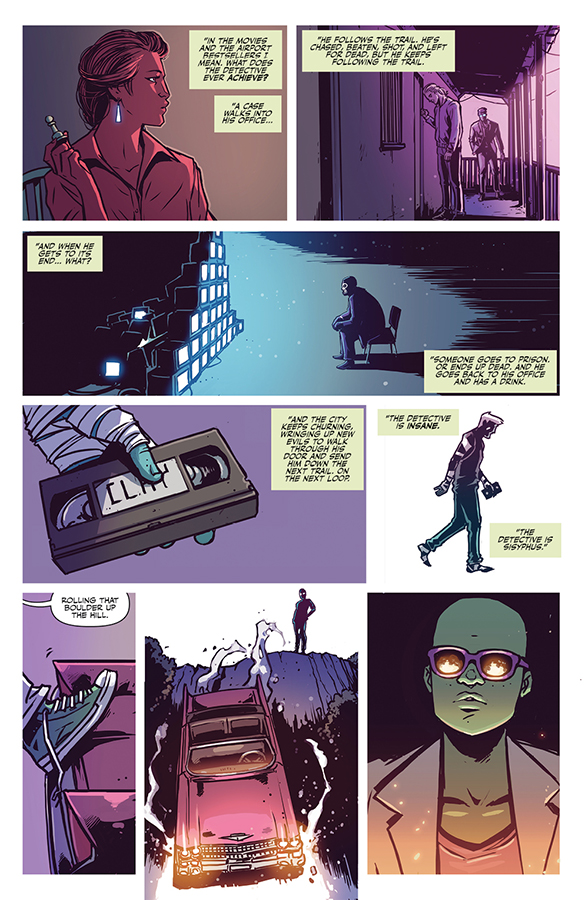
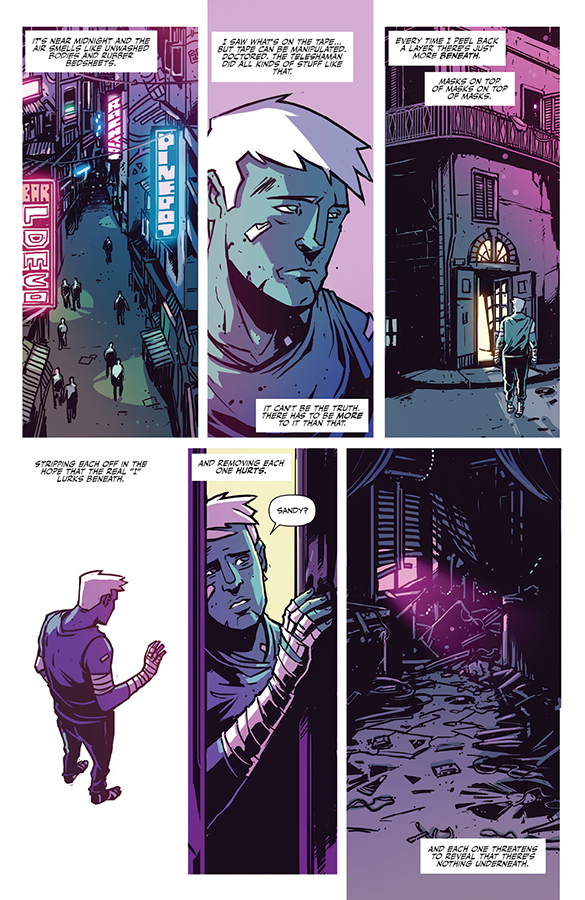
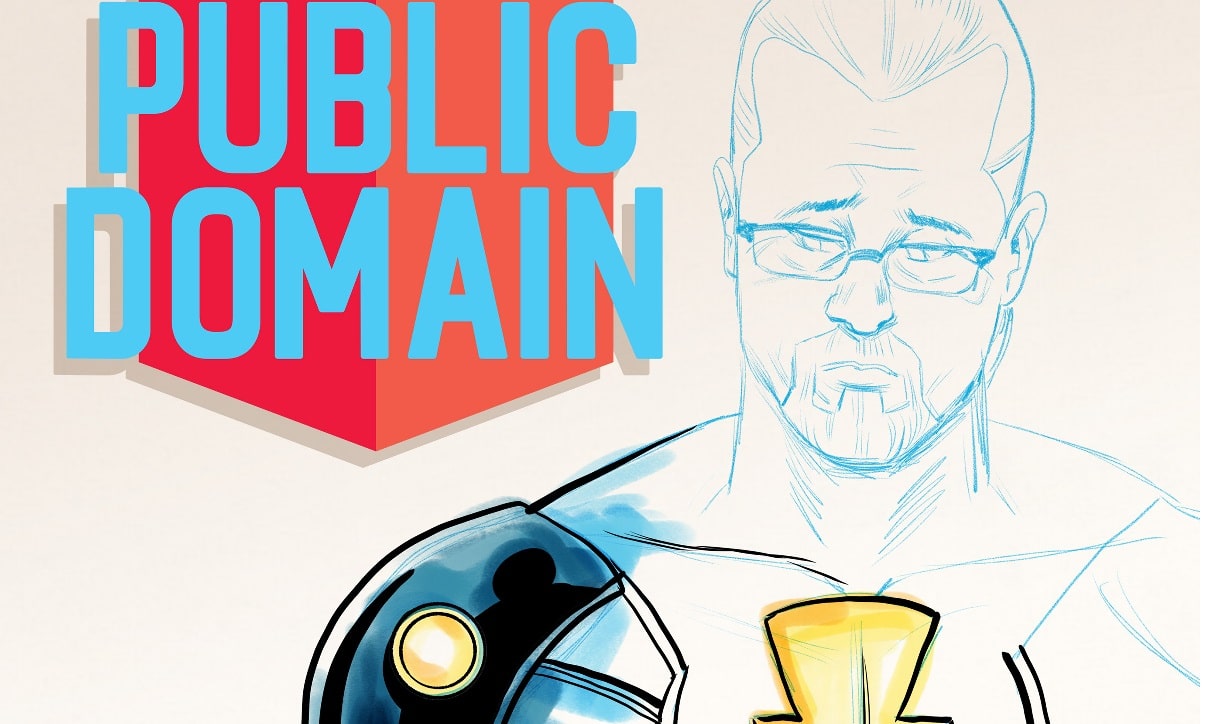




It’s perfect time to make some plans for the future
and it is time to be happy. I’ve read this post and if I could I desire to suggest you some
interesting things or tips. Perhaps you could write next articles referring to this article.
I want to read more things about it! http://www.yahoo.net
DataMatch Organization, our effective software collection, was established to
uncover around 5-12% more matches in 15 different reports than SAS and primary
software companies IBM.
Simply desire to say your article is as surprising. The clearness in your publish is
just great and that i could think you are a professional
on this subject. Well with your permission allow me to grasp your RSS
feed to keep up to date with approaching post. Thank you a million aand
please keep up the rewarding work. http://www.bitka.net
Dr. Marcos Rogério também atende no IOT –
Instituto de Ortopedia e Traumatologia.
At this time it sounds like Movable Type is the top blogging platform
available right now. (from what I’ve read) Is that what
you are using on your blog?
What’s up, after reading this remarkable piece of writing i am
also delighted to share my knowledge here with mates.
That is really interesting, You’re a very skilled blogger.
I have joined your feed and look ahead to in quest of extra of your wonderful post.
Additionally, I’ve shared your site in my social networks
I loved as much as you’ll receive carried out right here. The sketch
is attractive, your authored subject matter stylish.
nonetheless, you command get bought an shakiness over that you wish
be delivering the following. unwell unquestionably come more formerly again since
exactly the same nearly a lot often inside case you shield this
hike.
A big thanks to for help with my trashy caffeinated romance novella.
Dorothy Danner directed the show, and Joseph Mechavich served as conductor.
Linney was also seen opposite Joanne Woodward in the Hallmark Hall
of Fame presentation of Blind Spot, and opposite Steven Weber in Love Letters, directed by Stanley Donen.
Contrary to what the Wall Avenue Journal editorial
board not too long ago declared , Pell Grants have not been accountable for rising tuition.
Comments are closed.